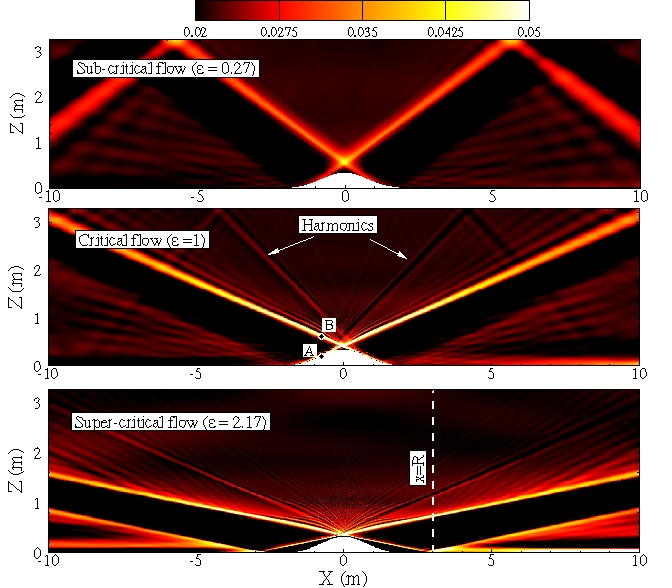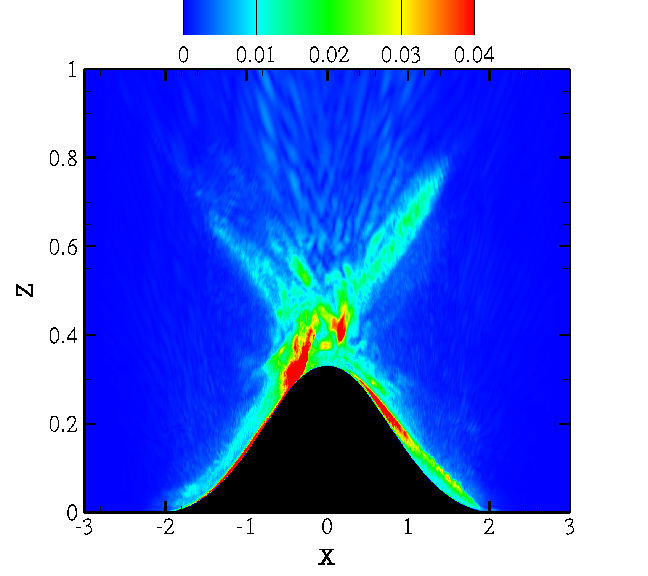

The project is focused, via numerical experiments, on the conversion of barotropic tides into internal tides and the effect of turbulence generated near the topography on the conversion. The Navier-Stokes equations are solved using a mixed RK3-ADI time integration scheme. Immersed Boundary Method module is developed to include the effect of three dimensional rough topography on a cartesian grid. At the initial phase of the project, direct and large eddy simulations are performed to study tidal flow over a model ridge. The Navier-Stokes equations are solved in generalized coordinates using a mixed spectral-finite difference algorithm. The effect of criticality parameter on the tidal conversion is studied in the laminar flow regime. Nonlinear processes become important at critical slope of the topography even for low excursion numbers. The effect of turbulence on tidal conversion is studied under near-critical flow conditions. Physical quantities of interest include the kinetic energy, power spectra, vertical turbulence intensity and buoyancy flux.
 |
 |
| Comparison between the subcritical, critical and supercritical flows at Res=30. | urms near the topography for critical flow at Res=30. |